Third Series of Malaysian Coins, in Detailed Comparison
In this post, we will investigate in details our 3rd series coins. This is in response to my previous post, 10 facts about Malaysia’s new 3rd series coins. I will share with you how I discover my facts.
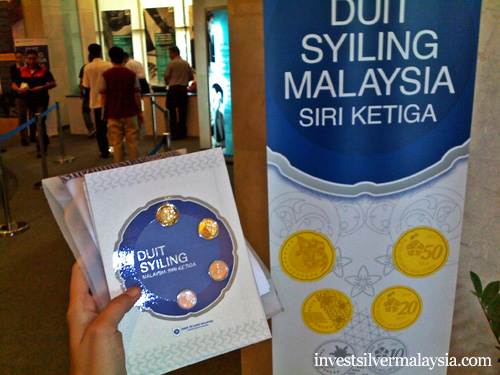
^ I was at Bank Negara yesterday to check out the new coins first handed
The engineering of my facts are simply breaking down the metal content of the coin in percentage and matches it with current metal market price. Four metals are involved in today’s baking lesson. They are namely Nickel, Copper, Zinc and Stainless Steel. Sadly, none of them are in the precious metals group.
Let’s crunch some numbers.
First, we start by grabbing today’s metal prices from metalprices.com.
| Metal | Price (USD) | Price/Gram (USD) |
|---|---|---|
| Nickel Price Per Pound | 10.91 | 0.02405 |
| Copper Price Per Pound | 4.4 | 0.00970 |
| Zinc Price Per Pound | 1.12 | 0.00247 |
| Stainless Steel Price Per Tonne | 4500 | 0.00450 |
We also need to know MYR forex against USD which is 2.947 today.
Next, we break down the metal contents of our 2nd series coin. All our 2nd series coins are made from Copper Nickel 75/25 which is 75% copper and 25% nickel. So to get the value of each coins we multiply the weight with market price.
The formula will be:
Formula to calculate coin metal value:
Coin weight in gram x metal value in gram
Example of calculation:
50 sen 2nd series weigh 9.33g
75% is copper.
Therefore (9.33g x 75%) x USD0.0097 (price per g) = $0.0678
25% is nickel.
Therefore (9.33g x 25%) x USD0.02405 (price per g) = $0.056
Metal value for 2nd series 50 sen is $0.0678 + $0.056 = $USD 0.124.
In Malaysian Ringgit, $0.124 X 2.947 = RM0.365.
Now that we understand how to calculate metal value, we shall fast forward to calculating the metal value for our newer 3rd series coins.
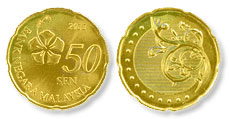 Newer 50 sen is made from Nickel Brass Clad Copper which is tricky. I am having a hard time trying to figure out the metal content for Nickel Brass Clad Copper. For this, we’ll take an assumption that 50 sen is made from Copper Nickel 75/25. In reality, Nickel Brass Clad Copper is lower grade than Copper Nickel 75/25. In this assumption and with the above formula, we get a metal value of USD$ 0.075. In Ringgit it’s RM0.221.
Newer 50 sen is made from Nickel Brass Clad Copper which is tricky. I am having a hard time trying to figure out the metal content for Nickel Brass Clad Copper. For this, we’ll take an assumption that 50 sen is made from Copper Nickel 75/25. In reality, Nickel Brass Clad Copper is lower grade than Copper Nickel 75/25. In this assumption and with the above formula, we get a metal value of USD$ 0.075. In Ringgit it’s RM0.221.
50 sen metal value has debased by 39.4%.
Even if it’s 100% Nickel, it’s still 20.0% off its face value.
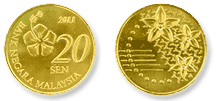 Let’s work on the newer 20 sen which is made from Nickel Brass. Nickel Brass is made of 70% copper, 24.5% zinc and 5.5% nickel. Apply the same formula, we will get RM0.107 for 20 sen. This is after conversion.
Let’s work on the newer 20 sen which is made from Nickel Brass. Nickel Brass is made of 70% copper, 24.5% zinc and 5.5% nickel. Apply the same formula, we will get RM0.107 for 20 sen. This is after conversion.
20 sen is 46.5% short from its face value.
I have done a spread sheet on the content I mentioned above. It compares the metal value and face value of old and new coins. You can download it and adjust the metal prices and the spread sheet will update the comparison values according .
![]() Download my excel work sheet (Excel 97-2003 compatible):
Download my excel work sheet (Excel 97-2003 compatible):
Comparison-msia-old-coins-vs-new-coins.xls
Why should we care?
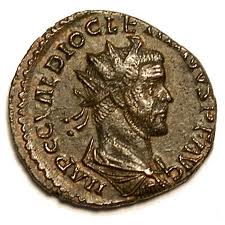 The world first ever recorded inflation was by Ancient Rome. Coins were first made from 99.99% silver. The Roman empire then introduce debasement of coinage to fund it’s fast expanding army and war. Roman chipped off corner from their coins, emblem higher face value onto their coins and gradually replaces all silver content with alternative metals. Their currency had almost no value by the end of the third century.
The world first ever recorded inflation was by Ancient Rome. Coins were first made from 99.99% silver. The Roman empire then introduce debasement of coinage to fund it’s fast expanding army and war. Roman chipped off corner from their coins, emblem higher face value onto their coins and gradually replaces all silver content with alternative metals. Their currency had almost no value by the end of the third century.
“Instead of reducing its spending and balancing its budget, it was easier to debase (reduce in value) the coinage…..
By doing this, Rome could produce more coins and “stretch” their budget, allowing them to spend more than it had.”
We never learn from our history.
References:
Reference #1: http://www.bnm.gov.my/microsites/2011/coins/05_faq.htm#q03
Reference #2: http://www.metalprices.com/
Reference #3: http://www.perthmintbullion.com/Blog/Blog/11-01-25/Debasement_and_Inflation.aspx
Reference #4: http://en.wikipedia.org/wiki/Roman_currency
Reference #5: http://en.wikipedia.org/wiki/Crisis_of_the_Third_Century

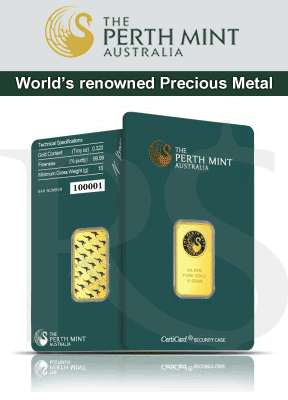

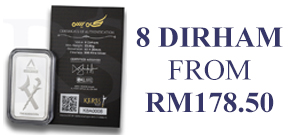



There's 1 Comment So Far
Who Linked To This Post?